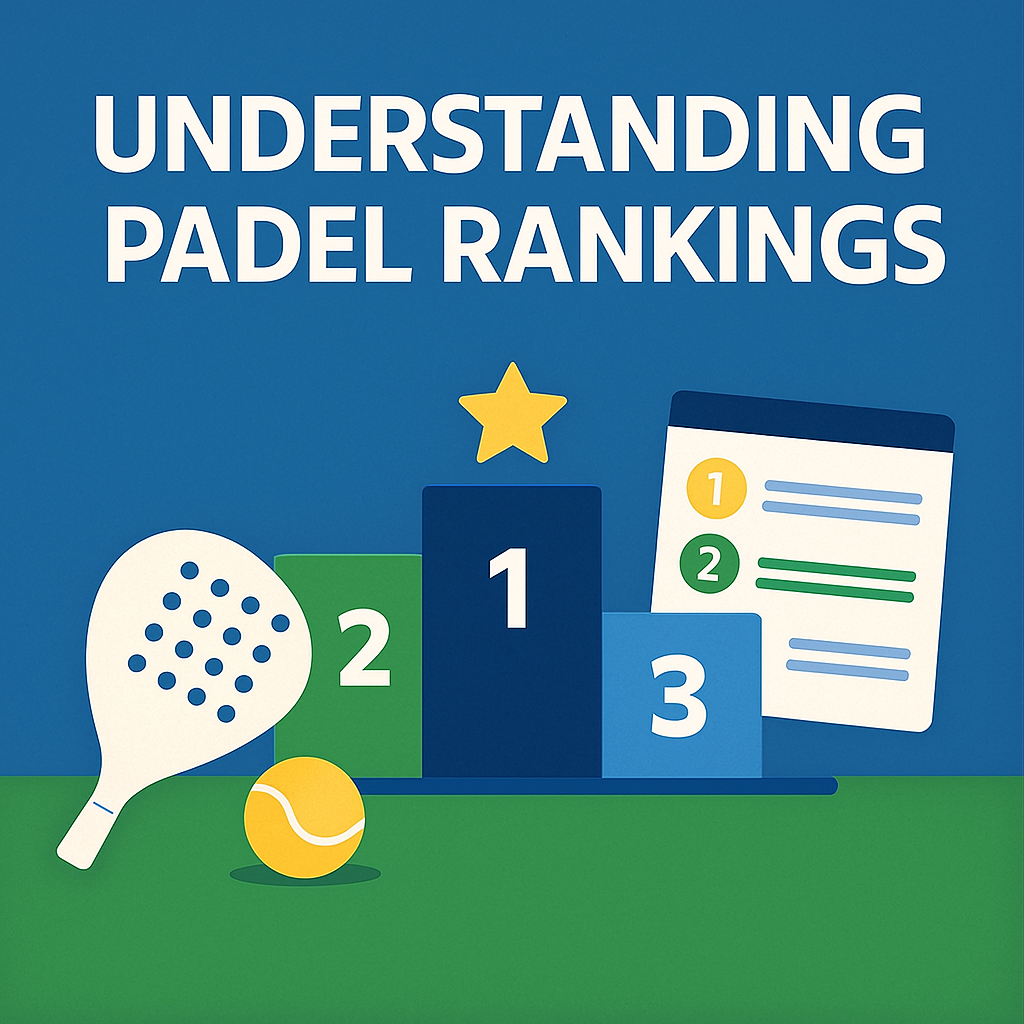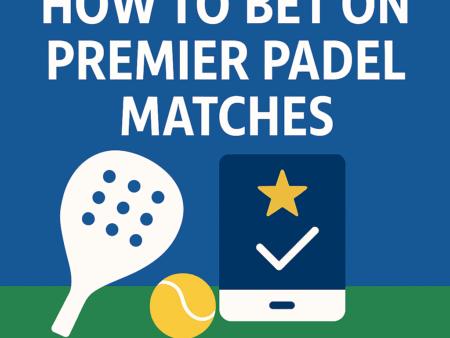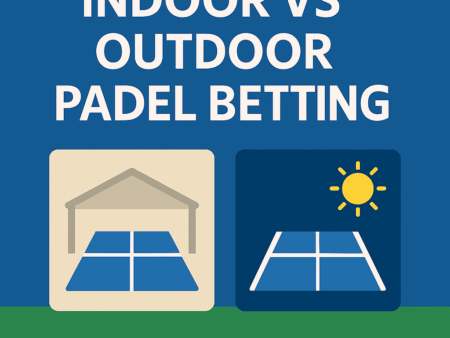
Padel rankings determine tournament entry, seedings, partnerships, and the overall competitive landscape of the sport. With the unification of the ranking system under the FIP / Premier Padel structure, understanding how rankings work has never been more important for analysts, fans, and bettors.
This guide explains how padel rankings are calculated, why they matter, how points are gained, what influences ranking movement, and how rankings should (and should not) be used in betting.
🟦 What Are Padel Rankings?
Padel rankings are a points-based system used to:
- Decide tournament seeding
- Determine player entry into events
- Measure season-long performance
- Influence partnerships
As of 2024 onward, rankings are unified globally under the FIP World Ranking.
🟩 How the Ranking System Works
Rankings operate on a rolling 52-week cycle, meaning:
- Points earned remain valid for 52 weeks
- After 52 weeks, they expire
- New points replace old ones
This ensures rankings reflect current performance, not career history.
🟨 Points Distribution by Tournament Category
Different events award different point totals.
Premier Padel (Majors)
- The most ranking points
- Equivalent to Grand Slams in tennis
Premier Padel P1
- High-level events with strong fields
Premier Padel P2
- Important but lower points than P1s
FIP Platinum
- Top-tier developmental event
FIP Gold, Star, Rise
- Essential pathway for rising players
Higher event tier = significantly more points.
🟧 How Players Earn Points
Players earn ranking points by:
- Winning matches in sanctioned events
- Advancing to later rounds
- Competing in higher-level tournaments
Points are awarded for:
- First-round wins
- Quarterfinals
- Semifinals
- Finals
- Titles
Even qualifying rounds offer points in some events.
🟫 How Team Rankings Work
Padel is a doubles sport, but rankings are individual.
This means:
- Each player holds their own ranking
- Partnerships can change without affecting each player’s total points
A team’s seeding is determined by adding both players’ rankings.
Example:
Player A ranking: #3
Player B ranking: #8
Team ranking score = 3 + 8 = 11 → high seed
🟥 Seeding and Tournament Entry
Rankings determine:
✔ Entry into main draw
Higher-ranked players enter directly.
✔ Qualifying positions
Lower-ranked players start in qualifying rounds.
✔ Wildcard decisions
Strong rising players may receive wildcards.
✔ Seed placement
Higher seeds avoid each other until later rounds.
The ranking list is crucial for tournament strategy.
🟦 Ranking Mobility: How Players Move Up
Players rise when:
- They perform well in Premier Padel events
- They enter multiple tournaments in a row
- They dominate FIP tournaments and convert points upward
Players drop when:
- They skip events
- They suffer early-round losses
- Last year’s points expire
Rankings are dynamic and change weekly.
🟩 Partnership Changes and Ranking Impact
Because rankings are individual:
- A top player can boost a lower-ranked partner
- New partnerships may receive lower or higher seeds depending on combined ranking
Partnership changes often cause:
- Ranking volatility
- Upset potential
- Early-round chaos
🟨 Indoor vs Outdoor Impact on Rankings
Certain players:
- Perform extremely well indoors
- Struggle outdoors (or vice versa)
This creates seasonal ranking swings depending on the calendar.
Example:
- Power attackers peak during indoor-heavy months
- Defensive players rise during outdoor stretches
🟧 Using Rankings for Betting: The Right Way
Rankings are a starting point, not a prediction.
Rankings ARE useful for:
- Identifying strong favourites in early rounds
- Understanding draw difficulty
- Evaluating partnership balance
- Gauging long-term consistency
Rankings ARE NOT useful for:
- Predicting outdoor matches
- Style-based matchups
- Early rounds after new partnerships
- Tournaments following long travel periods
Rankings tell you who has been performing, not who will win today.
🟫 Common Ranking Misinterpretations
❌ Mistake: “Higher-ranked team = automatic favourite”
Reality: Style matchups often reverse expected outcomes.
❌ Mistake: Ignoring surface splits
Rankings do NOT show indoor/outdoor ability.
❌ Mistake: Overrating teams with recent injury comebacks
Points stay even when form drops.
🟥 Ranking Indicators That Predict Success
Look at:
- Recent ranking momentum
- Two players rising at the same time
- Good performance in both indoor & outdoor tracks
- Strong partnership stability
Teams with consistent upward ranking trends perform best in big events.
🟦 Summary
Padel rankings are essential for:
- Understanding tournament structure
- Predicting seeding paths
- Evaluating player consistency
- Recognising long-term form
BUT they must be combined with:
- Style analysis
- Surface impact
- Partnership chemistry
- Fitness and form indicators
Used correctly, rankings become a powerful tool—just not the only one.
Next: Page 9 — How to Bet on Premier Padel Matches.


